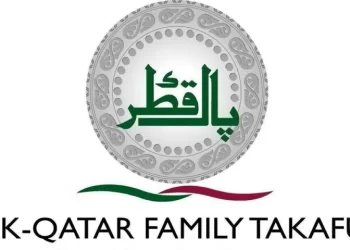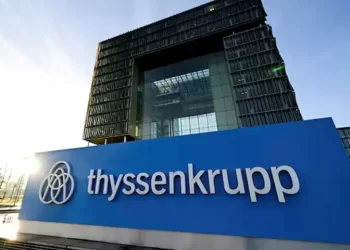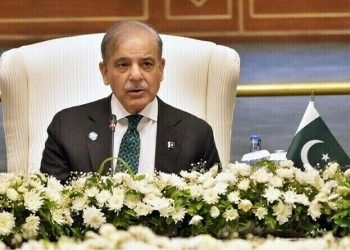ISLAMABAD: The United Kingdom (UK) Economist, Stefan Dercon, proposed radical reform to stimulate private investment, exports not import substitution, and optimising public investment to deal with challenge of low growth and low export.
Dercon, in a home-grown economic growth plan presented to the government’s economic team, highlighted low growth and low exports are challenges for Pakistan that needed structural reforms to create growth and employment opportunities.
The growth is needed because each year well over one million youth enter labour market but the problem is that growth cannot be high in Pakistan given the structure of economy.
The IMF programme is about stabilisation and doing reform now will give credibility given the IMF restraint.
As per plan there are no silver bullets but doing sensible things that just never get done in Pakistan. And success will depend on to buy-in from all stakeholders (business, politics, establishment, and more) with delivery, delivery and delivery is a reform agenda with feedback loop, monitor, assess, learn and adapt through a whole of government approach, coordinated by Prime Minister’s Office.
A radical reform agenda, stimulating private investment, stimulating exports not import-substitution and optimising public finance and all done within macroeconomic and banking stability with market-based exchange rates.
He suggested that stimulating private investment, there is a need to create the conditions for Pakistani and international private business to invest more by cutting down on red tape and creating a level-playing field for business to encourage fair competition.
Besides actively encourage and facilitate foreign and domestic direct investment, especially from private business (BOI, SIFC) and making energy secure and affordable through market-based reforms.
The plan for stimulating exports, proposes switch economy towards export promotion and away from protection for import substitution by bringing down import tariffs considerably over the next three years to levels comparable to competitors by five percentage points.
With tariff reductions that focus on intermediate inputs that will help directly with exports and integrate government efforts on tariffs with other measures to drive export diversification such as for agriculture, IT and non-traditional manufacturing, and integration in global value chains.
The plan also proposes optimising public finance, bring government debt and deficits under control but also pro-growth through creating a policy unit under Minister of Finance to assess all tax, energy tariffs, custom tariffs and subsidies based on economic principles every year, before the budget, as well as, spreading taxes broadly and fairly across all business and households, including through digitalisation, to begin to bring down the tax burden per taxpayer.
The plan envisages rapid reform of FBR functions for improved collection including through digitalisation, reducing the footprint of the state through privatising or better management SOEs, right-sizing government across federal and provincial levels to bring down costs and improving efficiency as well as rationalising public development expenditures, including optimising use of PPP for development expenditures.
Outcomes, if well delivered then the government can create the conditions for an extra one million jobs per year by fiscal year 2028 through the private sector, six percent or more GDP growth by 2028 without macroeconomic instability and $10bn extra private investment per year boosting investment share in GDP to 15 per cent by fiscal year28.
Besides $20bn extra exports per year boosting share in GDP to 15 percent by 2028 and public finances in line with the IMF programme, with tax as share of GDP at 13.5 percent by fiscal year 2027 with a much broader tax base.
Copyright media, 2024









